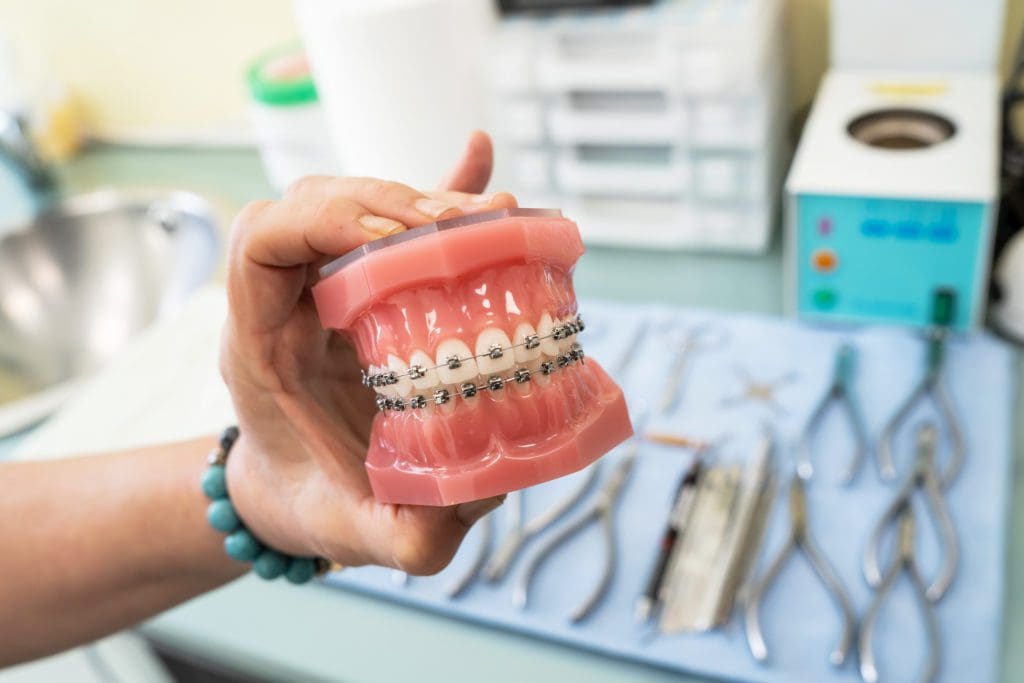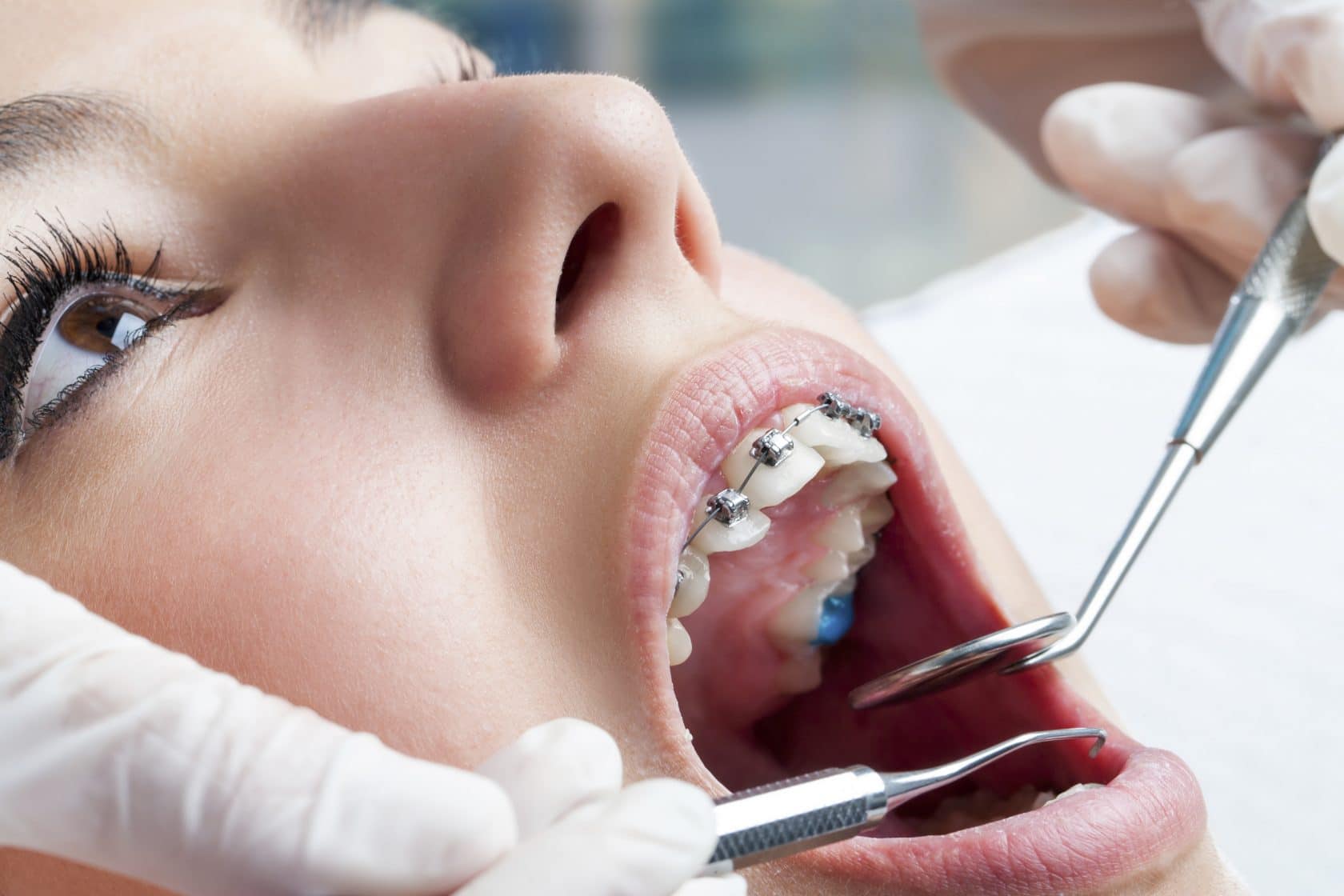What Sets Cumming Braces and Aligners In Addition To Various Other Orthodontic Treatments
What Sets Cumming Braces and Aligners In Addition To Various Other Orthodontic Treatments
Blog Article
Comprehensive Overview to Orthodontics Procedures for Dealing With Dental Imbalances
In the realm of orthodontics, the journey to attaining a perfectly lined up smile entails a myriad of treatments customized to fix oral misalignments. From conventional dental braces to invisible aligners and also surgical alternatives, the field of orthodontics uses a variety of options to address differing levels of oral irregularities. Recognizing the ins and outs of each treatment, including their systems, benefits, and prospective drawbacks, is vital in making informed choices about one's orthodontic treatment. As we browse via the detailed guide to orthodontic treatments for dealing with oral misalignments, the detailed information of each method will unravel, shedding light on the course toward a functional and unified dental positioning.
Orthodontic Procedures Introduction

Normal changes and surveillance are essential parts of orthodontic therapy to make sure development is on track and to make any needed adjustments along the method. By undertaking orthodontic procedures, clients can not only achieve a straighter smile however likewise enhance their total dental health and feature.
Conventional Dental Braces: Exactly How They Function
When taking into consideration orthodontic treatments for oral imbalances, standard braces stand out as a time-tested method for remedying teeth placing. Typical braces are composed of braces, wires, and bands that work with each other to use constant stress on the teeth, gradually relocating them into the wanted placement.
As stress is applied to the teeth with the braces, the bone bordering the teeth is reshaped to support the brand-new tooth settings. Patients will certainly require routine adjustments at the orthodontist's workplace to make sure the dental braces proceed to use the proper stress for efficient teeth activity.
Unseen Aligners: Disadvantages and pros
These clear, personalized trays are essentially unnoticeable when used, making them an appealing choice for individuals seeking a much more visually pleasing orthodontic therapy. Patients can eliminate the aligners prior to eating or brushing their teeth, lowering the danger of food obtaining stuck in the device and simplifying the cleansing procedure.

Surgical Orthodontic Options
Surgical interventions in orthodontics existing viable choices for resolving complicated oral imbalances that might not be properly dealt with via conventional orthodontic treatments. While invisible aligners and conventional dental braces can fix numerous orthodontic problems, specific situations need medical treatment to achieve ideal outcomes. Surgical orthodontic options are typically suggested for severe malocclusions, significant jaw inconsistencies, and instances where the underlying bone structure needs alteration to attain proper placement.
One usual surgical orthodontic treatment is orthognathic surgical treatment, which entails rearranging the jaws to fix useful concerns such as difficulty talking or chewing. This surgical treatment is usually done in collaboration with an orthodontist that helps align the teeth before and after the treatment. Surgical orthodontics may additionally include procedures to reveal influenced teeth, remove excess gum cells, or reshape the jawbone to create an extra unified face profile.
Before considering medical orthodontic alternatives, people undergo a thorough assessment to figure out the need and possible benefits of such interventions. orthodontics. While surgery might seem daunting, it can dramatically improve both the function and aesthetics of the smile in cases where traditional orthodontic therapies fail
Retainers and Post-Treatment Treatment

Post-treatment care involves adhering to the orthodontist's instructions carefully. This might include appropriate oral hygiene practices, going to follow-up consultations, and using the retainers as recommended. Failing to abide by post-treatment treatment guidelines can result in relapse, where the teeth gradually relocate back in the direction of their initial positions. Consistent retainer wear, great dental health, and regular oral exams are essential for keeping the outcomes achieved through orthodontic surgical procedure and making sure the long-term security of the remedied oral placement.
Verdict
In conclusion, orthodontic treatments provide different choices for correcting oral misalignments. Traditional braces make use of metal braces and cables to move teeth right into proper positioning. Unnoticeable aligners provide an even more very discreet alternative yet may not appropriate for all situations. Surgical orthodontic options are offered for extra serious imbalances. Retainers are frequently used post-treatment to preserve the brand-new alignment. On the whole, orthodontic treatments can successfully improve dental see this site wellness and aesthetic look.
As we browse via the comprehensive guide to orthodontic procedures for fixing dental misalignments, the elaborate information of each technique will certainly unfold, shedding light on the course toward a unified and functional oral positioning. - aligners
One of the most common orthodontic therapies is the usage of braces, which consist of steel braces and wires that use gentle pressure to gradually change teeth right into the desired placement.When thinking about orthodontic treatments for dental misalignments, traditional braces stand out as a reliable technique for remedying teeth placing. In addition, undetectable aligners may not be ideal for complex orthodontic concerns that need even more considerable teeth activity, as they are usually recommended for light to moderate situations. Retainers are custom-made orthodontic devices developed to hold teeth in their fixed placements after the completion of orthodontic treatment.
Report this page